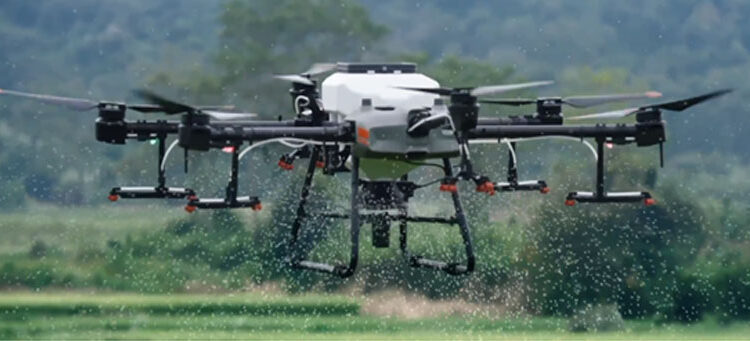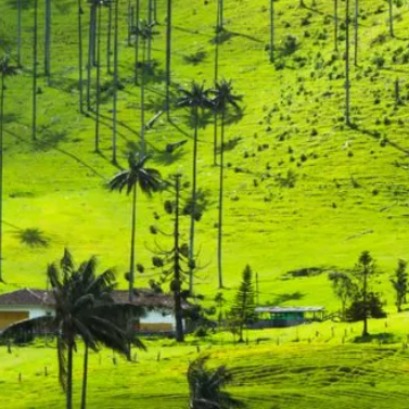
Drones | UAV technology applied to forestry
Reduces occupational risks and increases yields
This type of intervention with drones has the main objective of minimizing the risk of accidents due to falls at the level of workers with back packs, as well as reducing exposure to the use of phytosanitary products, etc. Given the results obtained in Forestal Argentina in the operational tests of the UAV technology, they concluded: "We are facing the future in reforestation."
UAVs, commonly known as drones, have the peculiarity of not having a pilot inside the aircraft, so it is directed by a person or external electronic system, which decides at any time the next step to follow. The pilot's skill, senses and expertise are replaced by highly accurate electronic sensors.

IT MAY INTEREST YOU
 The tallest palm tree in the world is in South America: it is the height of a 20-story building
The tallest palm tree in the world is in South America: it is the height of a 20-story building
The worlds tallest palm tree stands deep in South America, a giant that challenges the limits of plant life Deep in South America, between the fog and the mountains, hides a giant tree that few know about. Majestic and silent, challenging the world on what plant life can achieve.
 Nation reinforces prevention and training against forest fires
Nation reinforces prevention and training against forest fires
The director of the Federal Emergency Agency (AFE), Santiago Hardie, referred to the support that the Nation provides in fighting fires. He argued that the majority of igneous sources respond to human interventions and that, therefore, social awareness is a central tool to reduce environmental, material and human damage.
 Native forest | In Misiones, controls are tightened on routes for illegal transport of native wood, logging of forests without permits and fraudulent digital guides
Native forest | In Misiones, controls are tightened on routes for illegal transport of native wood, logging of forests without permits and fraudulent digital guides
Informality in forestry activity in Misiones was once again evident, the culture of operating illegally is a historical problem, and the Ministry of Ecology and Renewable Natural Resources carries out the corresponding control and inspection operations in the regulation of productive activity and sustainable management for the use of native forests.




















